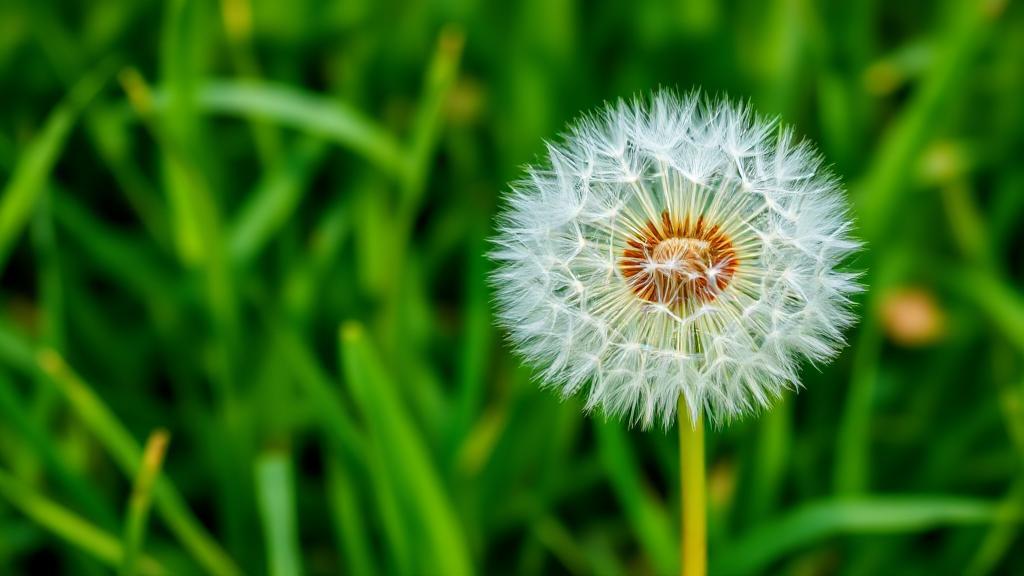Introduction
Dandelions (Taraxacum officinale) are one of the most recognizable and widespread plants found in gardens, lawns, and fields across the world. Their bright yellow flowers and fluffy seed heads often spark debate among gardeners and homeowners. Their name comes from the French "dent de lion," meaning lion's tooth, referring to their serrated leaves.
Biology and Characteristics
Dandelions belong to the Asteraceae family, which includes sunflowers and daisies. They are perennial plants characterized by:
- Deep taproots: Can extend up to 15 feet into the soil, though typically reaching 6-18 inches
- Bright yellow flowers: Bloom from early spring to late autumn
- Efficient reproduction: Each flower head produces up to 200 seeds, with seeds traveling up to 5 miles
Reproduction and Survival
Dandelions reproduce both sexually and asexually, allowing them to spread quickly. Their seeds, attached to feathery parachutes, can travel significant distances, leading to rapid colonization of new areas. The plants can germinate in as little as 7-10 days, and new plants can produce flowers and seeds within a few weeks.
Environmental Benefits
Soil Health
- Break up compacted soil with their strong taproots
- Draw nutrients from deep soil layers to the surface
- Add organic matter when they die and decompose
- Prevent soil erosion
Support for Pollinators
Dandelions serve as an essential early-season food source for many beneficial insects. According to the U.S. Forest Service, they provide crucial support for:
- Honeybees
- Native bees
- Butterflies
- Moths
Nutritional and Medicinal Value
Dandelions are rich in vitamins and minerals, offering impressive nutritional benefits:
| Nutrient | Benefit |
|---|---|
| Vitamin A | Vision health |
| Vitamin K | Blood clotting |
| Vitamin C | Immune support |
| Calcium | Bone health |
| Potassium | Heart function |
Explore the health benefits of dandelions
Culinary Applications
Every part of the dandelion is edible and can be used in various ways:
- Young leaves in salads
- Roasted roots as coffee substitute
- Wine making
- Tea preparation
Managing Dandelions
If you decide to control dandelion populations, several eco-friendly methods exist:
Environmental Indicators
Before removing dandelions, consider that their presence might signal:
- Compacted soil
- Calcium deficiency
- Poor drainage
- pH imbalance
Conclusion
Dandelions are fascinating plants with both challenges and benefits. While they can be considered invasive in manicured lawns, their ecological, nutritional, and medicinal benefits make them valuable additions to many landscapes. Understanding their role in the environment can help inform management decisions that balance aesthetic preferences with environmental stewardship.
For those interested in sustainable lawn care practices, resources like the National Wildlife Federation offer valuable guidance on creating wildlife-friendly landscapes that can include managed populations of beneficial plants like dandelions.
